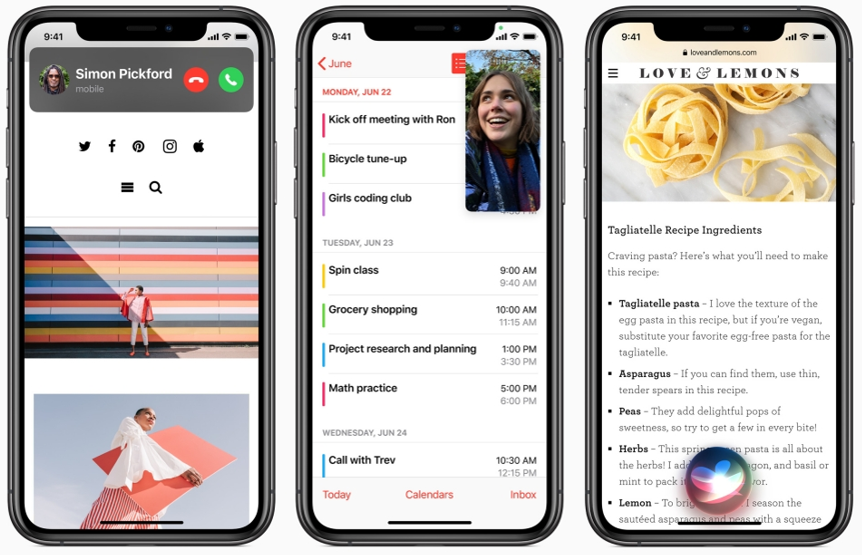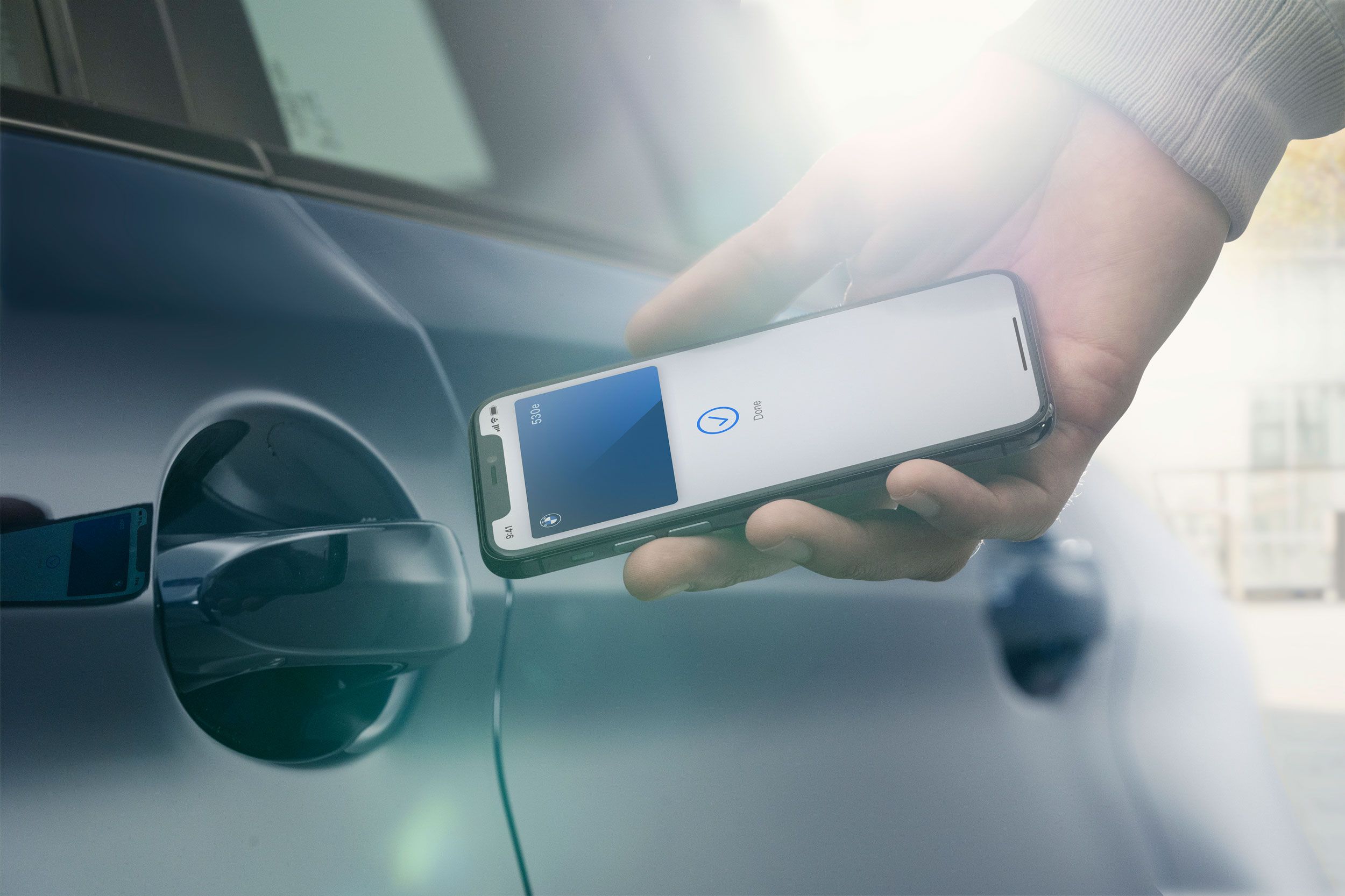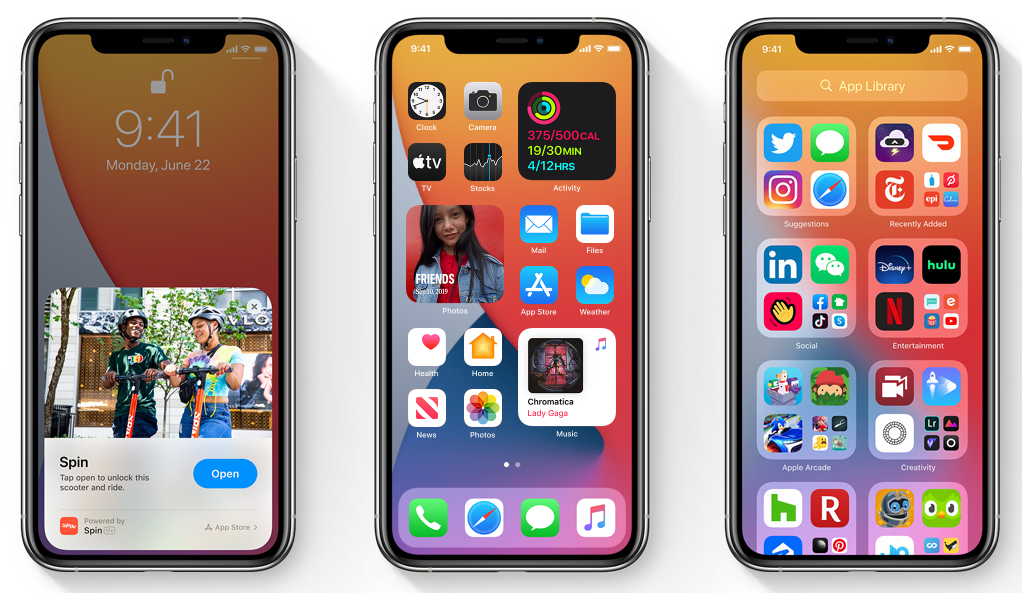What WWDC tells us about the future of Apple
Jun 26, 2020
The four key themes underlying the biggest updates that came out of Apple's latest developer conference.

This week Apple held its annual developers conference ("WWDC"), unveiling several major updates to the Apple software ecosystem.
Perhaps the most historic and headline-grabbing announcement was the official confirmation that Apple would be moving off of Intel chips and begin using its own silicon for its Mac computing products (see our analysis from earlier this month for more).
However, the event revealed many other meaningful updates as well, and overall felt like one of the more landmark WWDCs in recent memory.
Four common themes stood out to us in particular amongst the bevy of features announced across the Apple software ecosystem:
1.) Greater emphasis on multitasking
Several of the updates to iOS pointed towards a shift towards a model that incorporates more multitasking capabilities, while still maintaining the order that comes from limiting UX overlap on a phone-sized screen.
For example, incoming phone call notifications no longer will take up the full screen in iOS 14, instead appearing as more or less the same size as a standard iOS notification.

Siri's activation screen similarly would be downsized from full screen to an icon-sized circle, enabling users to continue their active workflows while submitting voice prompts.
But perhaps most importantly, resizable picture-in-picture (PIP) video will finally be made available.
This feature would allow users to watch videos on a compact, resizable player while using other apps on their phones (or alternatively just keep the audio running from a video in the background).
2.) Blurring the divide between consumer and enterprise
The consumerization of enterprise products has been a major theme in software development space over the last several years.
Many fast-growing enterprise software businesses have grown by borrowing concepts from consumer apps, but that trend now seems to have come full circle with Apple adapting some concepts from enterprise software for its native consumer messaging app.
In particular, group chats will now host a slew of features that may be familiar to avid users of workplace messaging products, such as Slack.

Tagging individual users in a group chat, pinning important messages, and threaded responses to individual messages will now all be made available in the next release of Messages.
Many of the showcased examples of these features seemed to highlight business use cases, potentially clueing into the direction Messages may head down in the future.
3.) Further expansion into the automotive tech stack
Apple's electric vehicle project (incidentally named "Project Titan") has long been shrouded in secrecy and mystery.
While it's unclear what the future holds for that initiative, several iOS updates seem to suggest Apple is actively making a more aggressive push into the automotive tech stack.
For example, one of the major updates to Apple Maps will be "electric vehicle routing" - or directional mapping designed to offer routes optimized for electric car charging stations.
Apple also announced the launch of digital car keys, which would allow for keyless car entry and seamless secure sharing of vehicle access via iOS devices.

While it remains to be seen whether these ultimately become key technological components of an "Apple Car," even absent that, we could see these developments having dramatic ripple through implications for the transportation technology space at large.
4.) Dramatic shifts in the way consumers interact with apps
The most significant of the updates we observed aimed to shift the way consumers engage with apps entirely.
Apps have long been one of the cornerstone innovations of the iOS ecosystem, so we see any changes to their interactivity framework as foundational.
One major theme seemed to be driven towards the abstraction of apps in an age where many consumers are perhaps experiencing a bit of app overload / app fatigue.
For example, a new "App Library" feature will help users manage apps by automatically organizing lesser used ones into thematic folders.
The "App Clips" feature takes that concept even further, by allowing iOS users to use core functions of apps without actually needing to download them.

But just as less important apps are being abstracted away, more important ones are also being given more stage presence.
In iOS 14, apps will be displayable on the home screen as dynamically sized widgets, which, via a "Smart Stack" feature, can even change automatically depending on the time of day.
This draws more utility from apps out of the app layer and places it directly onto the iOS home screen, enabling consumers to engage with their apps even more seamlessly and effortlessly.
We believe these changes together will have a profound impact in shaping the way consumers engage with apps, as well as the way developers design them.